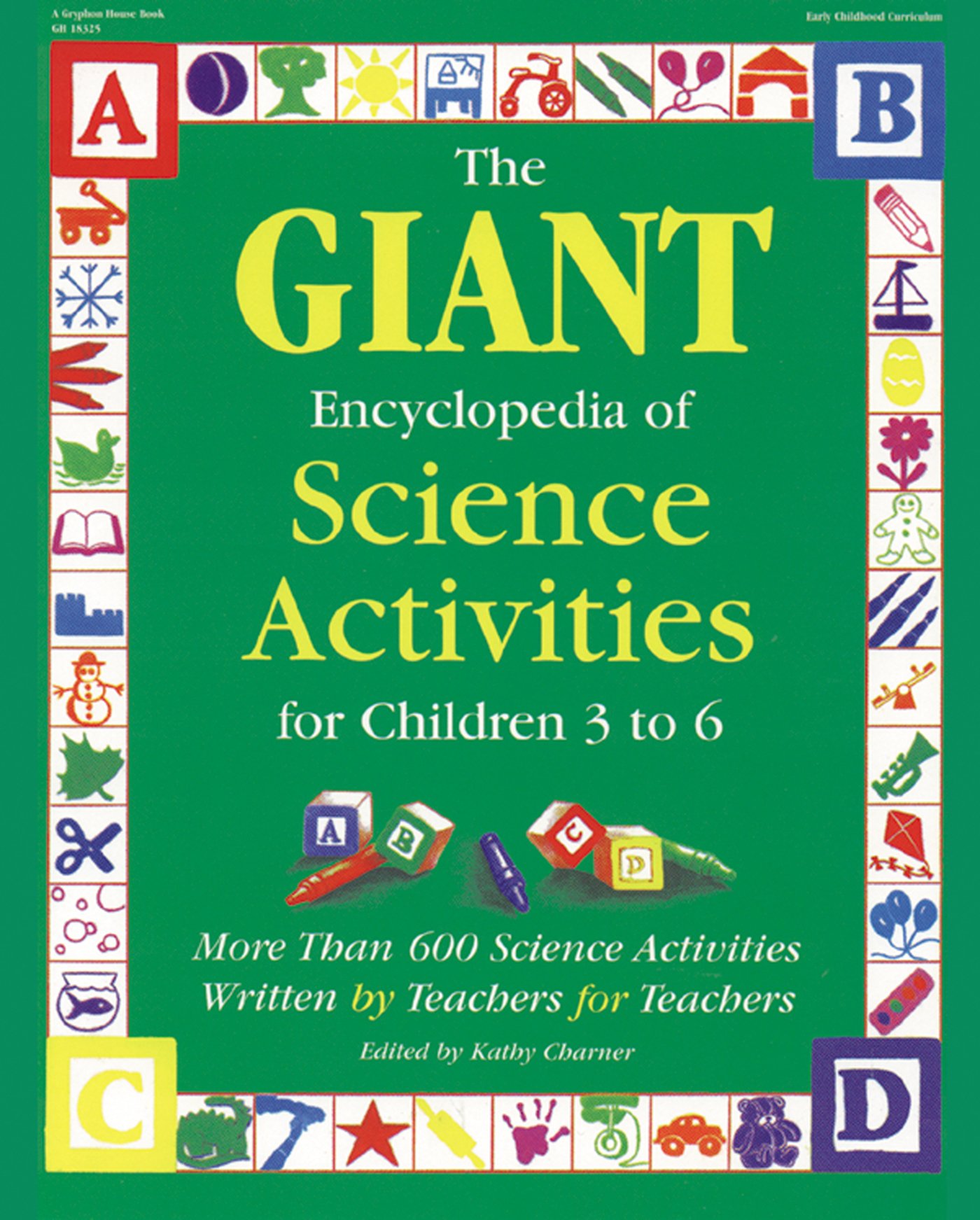Materials
Chairs or rug square for each child
Occupation description cards, or simple pictures for younger children
Some form of music- or rhythm-making instrument
Instructions
1. Make 10 to 12 cards that briefly describe jobs people do in the community.
2. Gather children and chairs.
3. Explain that in this game of musical chairs, everyone will have a chair at the end, but on some chairs there will be a card that describes a job! If there's a card on a child's chair, you'll read about that job and the child can see if she can name the worker that does that job. For younger children you may only want to distribute a few cards, or you may wish to draw a simple picture instead of providing a written description.
4. Ask the children to march around the chairs in the same direction when you start the music, and then find a chair when the music stops.
5. Begin the music and circle the chairs with the children, placing cards on several chairs, then stop the music.
6. Help the children find chairs, then randomly read cards from those chairs that have them.
7. Encourage all the children to listen to other children's answers because that same card may be on their chair the next round!8. Begin music and place cards out again as the children circle the chairs.More to doMore games: Play an occupation guessing game like "Charades" in which the children act out the description on these cards and the other children try to name the worker. * Play this musical chair game with any theme. You can place shapes, letters, numbers or animal pictures on the chairs.
